Fleas are a common complaint for many pet owners, and it is no wonder considering that there are 2500 types around the world. In this guide, I will discuss the top 10 species that you are likely to hear about (two of which are called “fleas”, but are actually a crustacean and a hexapod), and what you can do about them. Let’s get started!
- If you are short on time, click here for a quick summary of this guide.
- How many flea types are there, and what is the most common?
- What are the “higher” and “lower” classifications of fleas?
- The top 10 different flea types and what you can do about them.
- If you have no idea what flea species you have, what should you do?
How many flea types are there, and what is the most common?
There are 2500 species of these pests, and they can be found around the globe in countries that have relatively warm climates. They belong to the order Siphonaptera (“siphon” meaning pipe or tube, and “aptera”, meaning wingless – source), which is an apt description for a parasitic, blood-sucking insect that cannot fly. This little insect feeds on any warm-blooded host, causing bites that cause distress to animals and humans.
There are around 325 types of fleas are found specifically in the USA, and of this total, only 19 are described as common. The cat flea is by far the most common of all in most countries (including the US). This name belies the fact that this tiny parasite does not restrict it’s diet to cats, but will feed on dogs, cows, rats, wild animals and is even happy to bite humans if it cannot find a more appropriate host.
PRO TIP: Before you read any further, I just want to warn you that I am about to dive into the various types of these pests (including their scientific names), and I don’t want you to get overwhelmed. If you are reading because you are interested in the different species, then that is great. However, if you are just looking to get rid of them, as much as I would love you to read the entire guide, I recommend that you jump straight to the section about what you can do about it. If you have any questions, leave a comment and I will assist.
What are the “higher” and “lower” classifications of fleas?
The higher classification of fleas constitutes the order “Siphonaptera“. While this sounds awfully fancy, it is just a way to describe a group of insects that have the following characteristics in common: They are bloodsucking, wingless insects that are possible vectors of diseases, viewed as pests, and are ectoparasitic, meaning that they live on the exterior of their host.
The lower classifications cover the specific types that fall under “Siphonaptera”, and these are the names that you are probably more familiar with (cat fleas, dog fleas, human fleas, etc.). I will be covering them in more detail below, but for the most part, if you have an infestation in a residential setting, they can be exterminated in pretty much the same ways.
Type #1 – The popular cat flea (ctenocephalides felis):
As mentioned earlier, the most common flea that you will have the misfortune to encounter is the cat flea. Although the principal hosts of this pest are felines, they infect canines and other animals indiscriminately. Adults are 1-2 mm in length, and their thin, hard bodies make it easy for them to move through the fur of your pet. They will also bite humans, but our blood is not their preferred choice.
If your cat has a problem with fleas, please be cautious of following various DIY treatments you find online, as natural options that work fine on dogs can make them very sick. I recommend that you make yourself a spray solution containing warm water, dawn dish soap, half a teaspoon of coconut oil, and some apple cider vinegar. The soap will kill the them, and the ACV will keep them away.
Type #2 – Dog fleas (ctenocephalides canis):
Just like the cat flea, this type is not too fussy about which warm-blooded host it feeds on and will attach itself to cats, wild animals and (unfortunately), you are a potential target if it cannot find a more appropriate host. Although they are not as prevalent in the USA as cat fleas, they have been found throughout the states, particularly in the northern regions.
When you are treating your dog for fleas, you have more DIY options available, as they are not as sensitive as felines. I still recommend using Dawn, but just fill a bath (up to their tummy) and put the soap into that. After they have dried, use peppermint oil and dab it on their collar, put a few drops in their kennel, and on their blankets. Read my guide on the full list of oils that are safe for dogs for some more ideas.
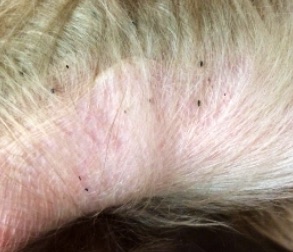

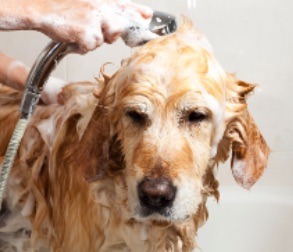
Type #3 – Oriental & Northern rat fleas (xenopsylla cheopis):
The Oriental rat flea (Xenopsylla Cheopis) and the Northern rat flea (Nosopsyllus Fasciatus) both have the notoriety of being a vector for the Bubonic plague, which was transmitted by them feeding on infected rats and then biting humans. However, please don’t worry about this, as the last recorded urban plague outbreak was a long time ago (1925). These pests look difference to cat and dog fleas due to their lack of genal and pronotal combs (see page 3 of the linked PDF and look at the bottom left).
Although they can live outside, this species can be controlled if rodents have restricted access to your home, so seal small vents or spaces where they can enter and breed. You need to pay special attention to your basements and in the roof, as this is a very common hiding place for them, and an infestation can sometimes go unseen for months. You can also use store-bought products to get rid of them fairly quickly.
Type #4 – Human fleas (pulex irritans):
The human flea is common in North America, but can also be found in Southern and Midwestern states. It is often discovered in schools and offices or other residential areas in the US. The species usually feeds on humans, pet dogs and domestic pigs, but it can also be found on coyotes, burrowing owls, and prairie dogs. Although rare, this type can be a carrier of the plague bacterium, so act swiftly to eradicate it.
Firstly, get rid of them on your body by showering and washing your hair with shampoo. The soap will do most of the work, but if you can get a brand that contains tea tree oil, that would be even better (you could also add 10-15 drops yourself). Wash your bedding and any clothing that may have been exposed to fleas in a hot water cycle. Lastly, make sure that your pets have not been infested, as they don’t just target people.
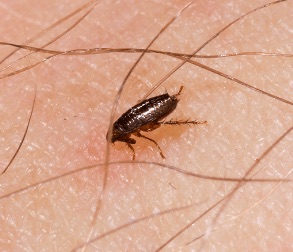
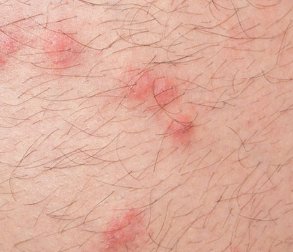

Type #5 – Squirrel flea (hoplopsyllus anomalus):
This type is commonly found on squirrels (hence the name), but it is also an opportunistic feeder that can infest other wild animals. This species can carry the plague and although rare, this has resulted in the temporary closure of parks and campground areas until the infestations are under control. This is one type that happy campers should take notice of and protect themselves from when they are enjoying the great outdoors.
The squirrel flea is even an issue in the colder seasons, so keep that in mind if you are visiting areas that have had a problem in the past. If you have these little furry critters in your garden regularly, please don’t hurt them. Instead, just treat your yard using affordable products like nematodes and cedarwood chips, and plant herbs like rosemary and lavender to keep them away.
Type #6 – Rabbit & hare fleas (spilopsyllus cuniculi):
They primarily target hares and rabbits but have been known to infect some sea birds, as they often use rabbit burrows to make their nest. They can find their way onto dogs and cats, but this species of fleas will not actually breed on them. This is due to their rather unique dependency on only starting their reproductive process when the female rabbit is about to give birth (they detect hormones in the blood).
If you own a cute, fluffy rabbit, the first thing you need to know is that I am very jealous (I have always wanted one, sigh). Secondly, it is unlikely that your pet will get this type of flea, as it is very rarely a concern with domesticated bunnies. However, they can get cat fleas, and if that happens, I recommend that you use a comb (with very fine teeth) and drop the insects into a bowl of soapy water.



Type #7: Bird fleas (ceratophyllus gallinae):
This species targets both wild and domesticated birds, and they are unique in the way that the females don’t need to feed on blood in order to reproduce. Their larvae thrives on organic matter found in nests, and will stick around for as long as their host continues to rear chicks. Please never bring wild birds into your home, as one major reason is that they can carry these pests on them.
In the unlikely event that your indoor bird gets them, I recommend taking him to the vet, as it is rather challenging to treat them yourself. Before putting him back in his cage, clean it and then put a little food-grade DE at the bottom, which can help prevent an infestation from happening again (if it’s a repeat problem). If you have trouble with fleas on your chickens, click here to jump to that section.
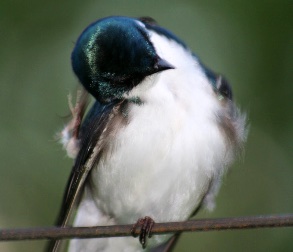
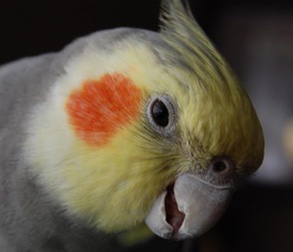
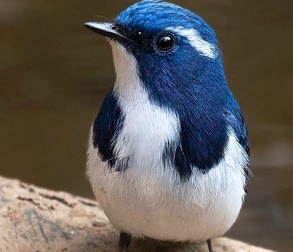
Type #8: Sand/Chigoe fleas (tunga penetrans):
Despite its name, the sand flea is actually classified as a crustation (not part of “Siphonaptera”), but I thought I would include it in this list due to many questions about it. This pest can be found in warmer climates (along the coast), and although you may have seen horrible photos of them burrowing into peoples feet and causing disease, this is usually due to lack of local medical services or extreme poverty.
Does that mean that you should stop your beach trips? Absolutely not, and instead of worrying about them, just wear shoes in problem areas (if you are going on holiday, check this ahead of time) and take action if you get ever get bitten. If you experience any sudden swelling or something of that nature, I recommend that you seek medical help, but rest assured that these cases are rare, so please don’t panic!
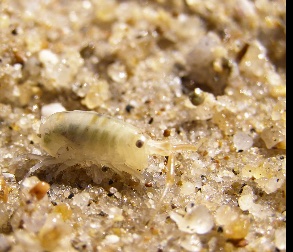
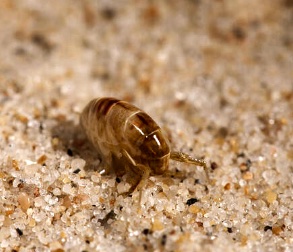
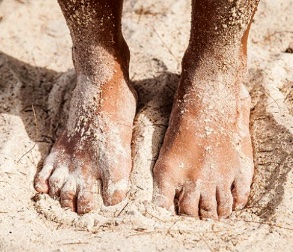
Type #9: Chicken fleas (sticktight/stickfast):
To avoid any confusion, it is possible for chickens also to get ceratophyllus gallinae, which is I have written about in the “bird fleas” section. However, these are from the “echidnophaga gallinacea” family, and they specifically target poultry. They can usually be found on and around their heads, and if left uncontrolled, it can cause anemia and make hens and roosters very unhealthy.
Since these pests thrive in the organic material left on the floor by chickens, this is usually only a problem when they have the freedom to walk around the farm (or your backyard). To control these pests, make a habit of checking your “bawwwking” friends for any signs of stickfast/sticktight fleas on a regular basis, use petroleum jelly (Vaseline) to treat their faces (avoid the eyes), and dust their coop with Diatomaceous Earth.
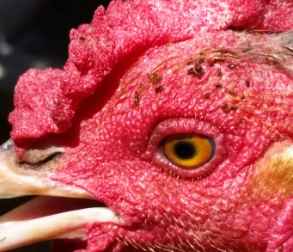
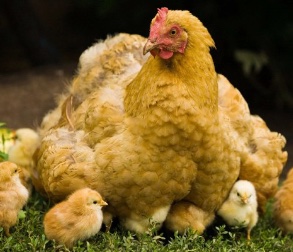
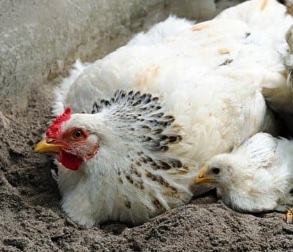
Type #10: Springtail or “Snow” fleas (collembola):
Since they are also tiny, wingless insects that jump around, springtails are often mistaken as fleas, but they are from the scientific order “Collembola” (modern hexapods), which are not even considered insects. Since they are often noticed when they are hopping around in the winter snow (their body color makes them stand out), people often refer to them as snow fleas.
Springtail fleas will not bite you, and rather feed on decaying plant matter . However, they can get in your home, especially in basements, sinks, and bathtubs, as they are attracted to moisture. If you are fighting an infestation, your first line of defense is to get rid of this excess water and find out where they are coming from. Once the source has been found, you can use any liquid soap (such as Dawn) to kill them instantly.
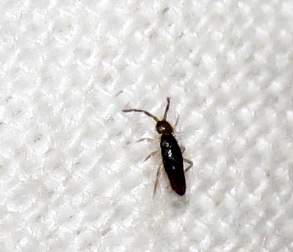
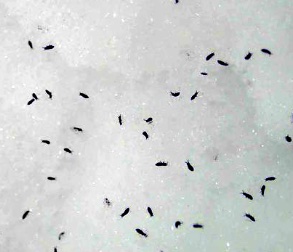
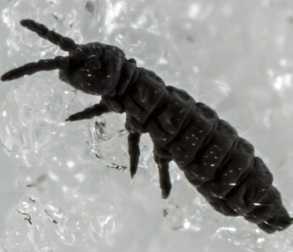
If you have no idea what flea species you have, what should you do?
While I personally find the different types of these critters very interesting, I completely understand that many of those reading don’t really care about the details and just want to get rid of them. Before I jump into my three-step eradication process that provides pretty consistent results for most species, please take a moment to review the removal tips in the second paragraph under each type above.
Apply some baking soda and salt on all carpets: Once your pets are safely treated, deal with one of the common indoor places that harbor both adult and juvenile fleas – your carpet. Mix equal quantities of salt and baking soda into a homemade shaker (just a container with holes punched into the lid) and cover your carpets with a fine layer. You can leave this down for 2-3 weeks before vacuuming it up, and this will kill adult fleas on contact. I recommend that you lightly brush the floor with a broom each morning as this can encourage hatching (which you want in this case).
Use nematodes and cedarwood in your garden: There is no better way of getting rid of these pests outside than introducing flea-devouring worms into your garden. No toxins or scary chemicals – just beneficial nematodes that will hunt them down and kill them. If you want to go the extra mile, I also recommend that you mulch your beds and shady places under trees and shrubs with cedar chips. They absolutely hate the smell, and this is very effective at keeping them away. I often use this at the perimeter of my garden if I think my neighbor’s pets have fleas.
PRO TIP: While the photos above will give you some idea about their appearance, I have written a dedicated article on what they look like without the use of a microscope. Also, check out my reviews on commercial flea sprays if you would prefer purchasing a product (instead of making one yourself). Lastly, I recommend that you don’t skip any of the three steps above, as unless your infestation is very minor, getting a flea problem under control requires you to target all affected areas at once.
A quick summary of this guide if you are short on time:
Fleas can be found all around the world, and there are 2500 species in total, with about 300 types located in the United States. These small wingless pests love to feed on warm-blooded mammals and can be very frustrating to get rid of due to their reproductive speed and small size. Despite the large number of species, there are around 19 that are “common”, and I have whittled that down even further to the 10 types that you need to know about.
Without making things complicated, the “lower classification” of these pests are the types that we often refer to by their name (cat fleas, human fleas, etc.), and these all belong to the higher classification called “Siphonaptera”. I included this in the article because I found a bunch of queries about it, but in the bigger scheme of things, it is just a bit of interesting information for you to read. If you have any questions about this, I would be happy to help you.
This guide outlines ten different types, namely the cat, dog, rat, human, squirrel, rabbit, bird, chigoe, chicken, and springtail fleas. I have included a couple of removal tips for each one, as well as some pictures for your viewing pleasure. I recommend that you read over them, but if your pet is scratching, you are tired of being bitten, and you are just looking for solutions, then click the link in the next paragraph for my three-step removal process.
Although there are some specific tips for the different types above, generally, the following process will work for most of them. Firstly, wash your cats and dogs with Dawn soap and ACV, then apply some baking soda and salt to your carpets. Lastly, use nematodes in your garden and keep the fleas away from your outdoor areas with cedar chips. I have detailed guides on all of these steps, so I recommend that you take 10-15 minutes to read over them.
A couple of popular FAQs, and my concluding thoughts:
What kind of fleas are black? While it is not impossible for the adults to be black, they are usually reddish brown in color, but this difference is often hard to see due to their tiny bodies. Newly hatched fleas sometimes have more black appearance in comparison, and it does differ slightly between species.
Can animal fleas bite humans? Yes, people can be bitten by many of the same fleas as animals (as I am sure you have experienced), but we are not their preferred host. In fact, our blood can have a negative impact on the quantity of eggs laid per day by females (3-4 instead of 20-30 eggs).
Are dog and cat fleas different? Yes, in addition to their preferred hosts, there are some differences in their outward appearance, namely that the cat flea is slightly lighter in color. However, their feeding habits, environmental preferences, life cycle and how to get rid of them are the same.
What types are in Texas and Maryland? A variety of types can be found in Texas year-round due to the warm weather. Fleas also favor the generally hot, humid conditions of Maryland. The most commonly found species in these two states are the cat, dog and human flea.
Can human flea types burrow under skin? No, they do not. As mentioned in the sand flea section, they are the ones that sometimes do that, but they are not part of the flea species (despite their name). Additionally, complications from this crustration are rare and usually on in impoverished areas.
What species are a problem in winter? In the colder seasons, the temperature is usually too low for fleas to thrive outdoors (unless it is warm all year round). However, it is possible for them to survive (and breed) inside your home, so all fleas that target pets can be problem during winter.
In conclusion, there are many types of fleas around the world, but in my experience, the same set of removal steps will get rid of all of most of the species you will encounter in your home, garden or on your dog or cat. If you have other pets (birds, rats, etc.), the extermination process is also pretty easy, and I have included in them in each section above. Thanks for reading, and if you have questions, leave a comment below.
Hello! My name is Natasha, and I have been helping people with their insect problems since 2012. I have published a book, worked with many pest control companies, and helped thousands with various infestations on a one-to-one basis. My goal for this blog is to create evidence-based guides that are easy to understand, provide sufficient depth and can be trusted to be very accurate. Please remember that my guides are for informational purposes only, and that you agree to the terms of use when reading content on this website. If you leave a comment, I typically respond within 48 hours.


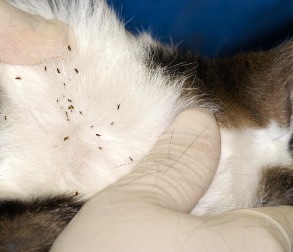
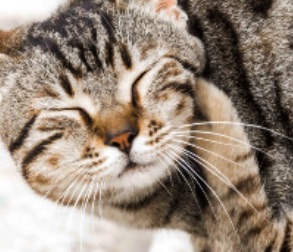
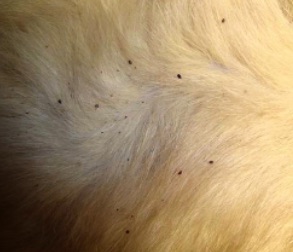
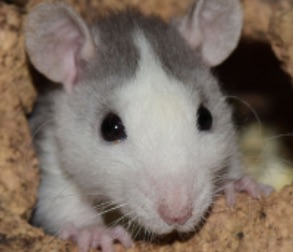
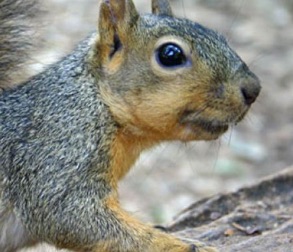


Speak Your Mind